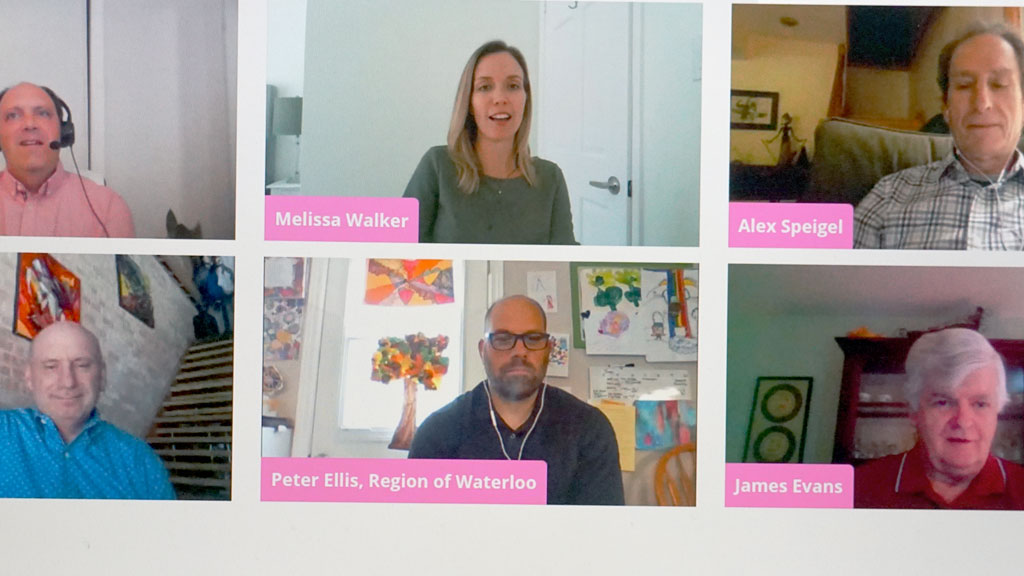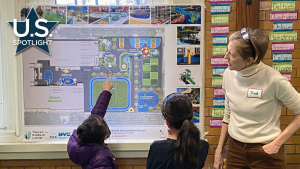A lack of cash flow is “the big issue” for many developers stepping into brownfield projects because a large time gap separates costly remediation work from the day a developer starts to see money roll in.
So said panellist Alex Speigel, partner at Windmill Development Group, at a recent webinar on the barriers to brownfield development presented at the annual Canadian Brownfields Network conference.
He said while some municipalities have incentive programs for developers, through community improvement plans for example, the money is often not enough to resolve cash flow woes, especially for projects with heavily contaminated sites.
Speigel said setting up a joint venture with the land owner on non-municipal lands can alleviate remediation risk for the developer who can be left to juggle other issues such as financing, construction and market risks.
Melissa Walker, director of development for Kilmer Brownfield Equity Fund, said obtaining “significant upfront capital” to fund acquisitions and restoration is a challenge in brownfield development because conventional financing is often unavailable.
Walker, who co-moderated the webinar, said the development process in Ontario is “increasingly complex” and can be “onerous and time-intensive.”
It can take several years to complete site remediation and obtain planning approvals before a developer can file for a Record of Site Condition (RSC) and sometimes the RSC is not obtained until after construction has started, she told the panel.
James Evans, senior manager, environmental risk with RBC, said a lack of understanding on how financing works, especially in smaller municipalities, is a major hurdle to success. Still, the right project at the right location can secure financing, although it might have to come from multiple financing institutions or sources.
Peter Ellis, principal planner for the Region of Waterloo, said the region has a “mature” brownfield incentive program to help developers and it offers them assistance through regional development charge exemptions.
Implementing a common development process among all the municipalities within the region is important, he added, so developers know what to expect.
American panellist Jim Tischler, development director with the Michigan Land Bank Authority, told the panel that one incentive idea different from other municipal initiatives is the concept of tax capture, which provides a revenue stream for future taxes.Commonly known as tax increment financing in the U.S., the incentive can be divided into multiple revenue streams including ones to support brownfield development.
Tischler said a tax capture program can service debt amortization.
In Michigan multibillion-dollar private investments are driven by private market lending on “extraordinary brownfield loans” because developers know that the government will repay those loans plus interest through tax capture initiatives.
Speigel said if there is “one missing piece” to success for brownfield developers it is a loan guarantee or other financing mechanism provided by municipalities. It could ensure developers get through cash flow crunch periods such as remediation work.
Ellis said municipalities within the Region of Waterloo have requested assistance from banks to implement such loan guarantees to no avail.
Walker told the webinar audience it is important to try to get all stakeholders, municipalities, the province, conservation authorities and residents associations, for example, to understand that brownfield development is a city-building initiative with multiple spinoffs such as providing lands for affordable housing, new parkland or achieving green development standards.
“There are a lot of things working but there is room for improvement…to keep having great projects.”











Recent Comments
comments for this post are closed